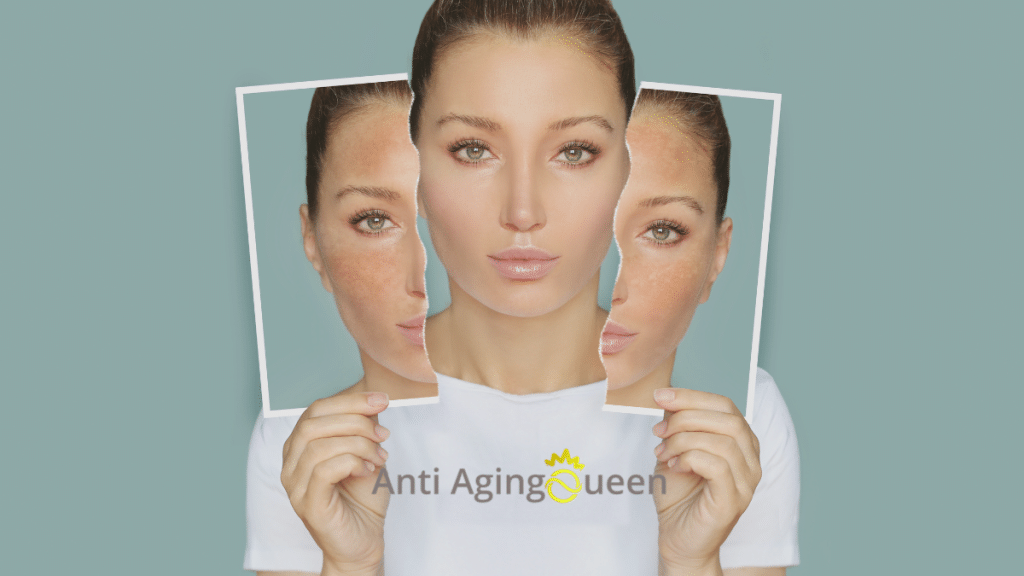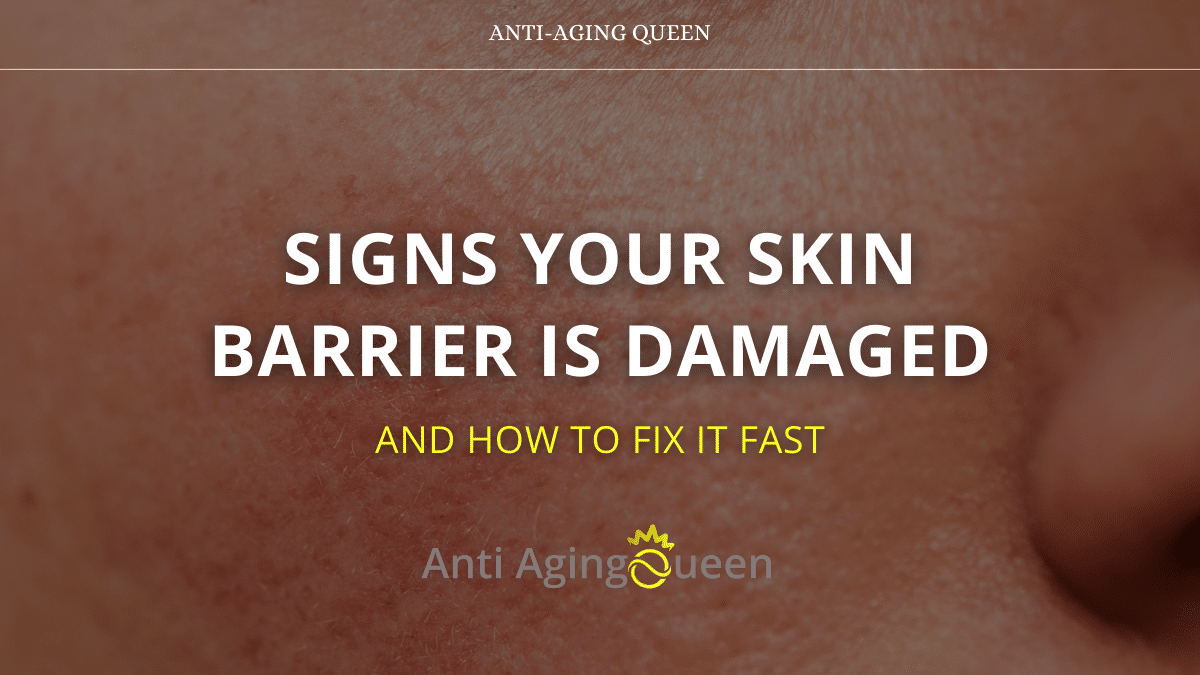Your skin barrier is your first line of defense—and when it’s compromised, your skin lets you know. Think redness, burning, sudden breakouts, and dryness that no moisturizer can fix. If this sounds familiar, you’re likely dealing with a damaged skin barrier. Understanding the importance of maintaining a healthy skin barrier is crucial, and choosing the best night moisturizer can play a significant role in overnight recovery and protection.
The good news? You can repair it—and fast. Here’s how to spot the warning signs and get your skin back to calm, smooth, and glowing. It’s important, especially in your younger years, to consider the benefits of using retinol in your 20s, not just for anti-aging but also for barrier support when used correctly.
What Is the Skin Barrier (And Why It Matters)

The skin barrier is the outermost layer of your skin, often called the stratum corneum. It’s made up of skin cells, lipids, and natural moisturizers that work together to:
- Lock in hydration
- Keep out irritants and pollutants
- Prevent bacteria from entering
When your barrier is healthy, your skin looks plump, dewy, and clear. When it’s damaged? It’s a whole different story. Opting for natural products that are good for the skin can help maintain this delicate balance.
5 Warning Signs Your Skin Barrier Is Damaged
1. Sudden Dryness or Flakiness
Your skin feels tight, rough, or scaly—even right after applying moisturizer. This can often be alleviated by incorporating homemade skincare routines with natural ingredients that nourish and restore moisture.
2. Increased Sensitivity or Burning
Products you’ve used for months suddenly sting or irritate your skin. Exploring beginner-friendly skincare innovations might help you find alternatives that are gentle yet effective.
3. Redness and Inflammation
Persistent redness, especially on the cheeks or around the nose, is often linked to barrier disruption. To combat this, a focus on ultimate skin care creams designed for barrier support is essential.
4. Breakouts or Irritation
Your skin may react more easily, leading to acne, rashes, or bumps that weren’t there before. Integrating the best natural night cream can soothe and repair as you rest.
5. Dullness or Uneven Texture
A weakened barrier can make skin look tired, lackluster, and rough to the touch. Using products rich in ceramides can help rejuvenate and even out your skin’s appearance.
What Causes a Damaged Skin Barrier?
- Over-exfoliation (acids, scrubs, or retinoids)
- Harsh cleansers or alcohol-heavy products
- Weather changes (especially cold, dry climates)
- Skipping moisturizer or using the wrong one
- Stress and lack of sleep
Furthermore, dietary habits can significantly influence your skin’s health. Understanding the connection between nutrition and skin health may offer insights into maintaining a robust skin barrier.
How to Repair Your Skin Barrier—Fast
1. Stop All Harsh Actives
Put retinol, AHAs, BHAs, and physical scrubs on pause. Your skin needs a break.
2. Use a Barrier-Repair Moisturizer
Look for ceramides, niacinamide, hyaluronic acid, and squalane. These ingredients rebuild your skin’s protective shield. A minimalist skincare approach can also be beneficial, focusing on fewer products with high efficacy.
3. Cleanse Gently
Use a fragrance-free, low-pH cleanser. Avoid foaming formulas with sulfates.
4. Don’t Skip SPF
UV exposure weakens your barrier even more. Opt for a mineral-based SPF 30+.
5. Keep It Simple
Stick to hydration, protection, and healing. Once your skin calms down, reintroduce actives slowly.
FAQs
Q1: How long does it take to repair a damaged skin barrier?
Most people see improvements in 3–7 days, with full repair in 2–4 weeks—depending on severity and consistency.
Q2: Can I still use retinol while repairing my skin barrier?
It’s best to pause retinol until your skin is no longer stinging or inflamed. Then reintroduce it once or twice a week with a buffer (like moisturizer).
Q3: What’s the best barrier-repair ingredient?
Ceramides, niacinamide, and hyaluronic acid are top-tier. They hydrate, reduce redness, and restore your skin’s structure.
Final Thoughts: Heal First, Then Glow
A strong skin barrier is the foundation of every good skincare routine. If your skin feels off, sensitive, or suddenly reactive, it’s time to press pause and focus on repair.
✨ Want more dermatologist-backed skincare tips, product recommendations, and anti-aging glow-up guides? Follow us on social media and check out our website for the latest barrier-friendly routines and beauty secrets that actually work.


